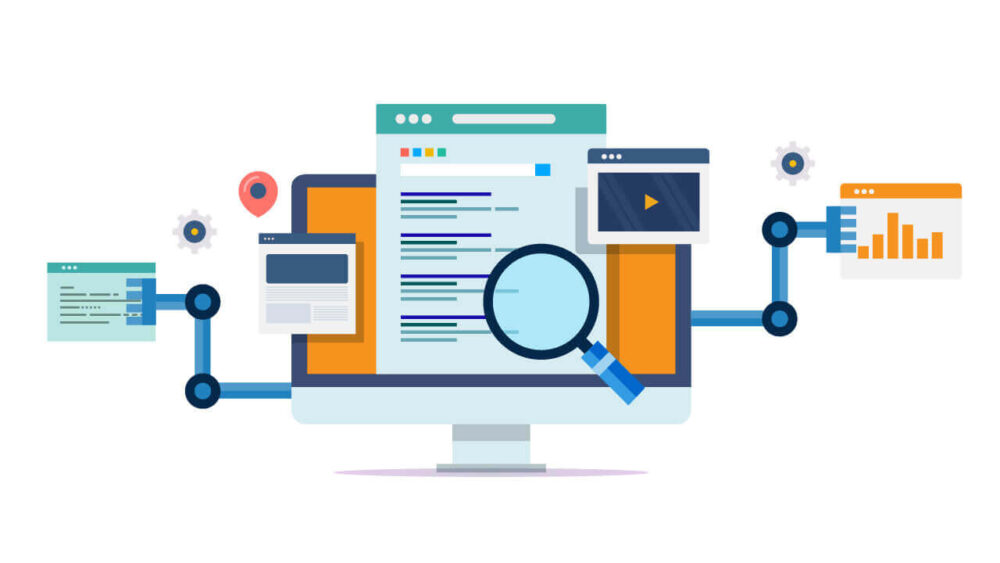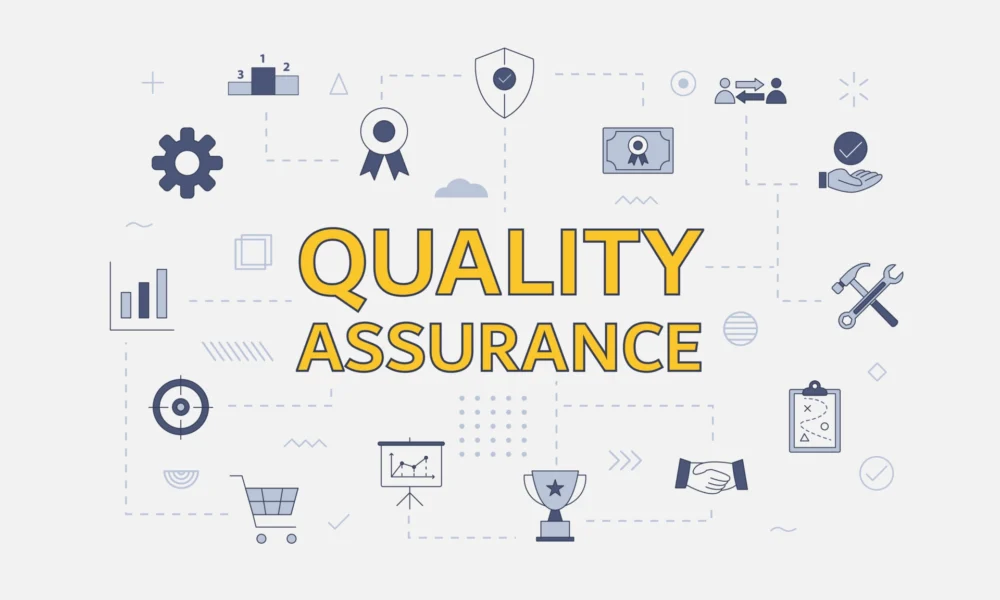Project management for the manufacturing industry involves setting up and handling several tasks to guarantee the timely distribution of a product or service. Manufacturing projects may be complicated, including several processes, systems, and stakeholders, making it challenging to manage every project component successfully. Find on this site a practical list of project management in manufacturing that can help your project succeed.
Manufacturing project managers must be aware of many problems to enable the timely and effective completion of their projects, including resource restrictions, schedule limitations, quality control, changing needs, supply chain interruptions, safety, and compliance. These difficulties include complexity, a lack of resources, time, control over the quality, shifting demands, supply chain interruptions, a lack of compliance, reputation harm, and safety. Manufacturing project managers may create methods to reduce risks and guarantee the timely and effective completion of their projects by being aware of these typical difficulties.
Strategy 1
Establishing Clear And Measurable Goals

Source: hygger.io
One of the key tactics for effective management is setting precise, quantifiable targets. All stakeholders may agree on the project’s purpose, objectives, and expectations thanks to clear goals. Setting measurable objectives makes it easier to monitor progress, spot problem areas, and make informed choices. Here are several ways to develop precise, quantifiable objectives for your manufacturing project:
- Give a detailed explanation of the project’s motivation, goals, and measures of success.
- If divided into smaller, specialized jobs, the task will be easier to follow, monitor, and manage.
- Setting explicit, attainable, and quantifiable goals for each activity, such as deadlines, performance targets, and quality standards, can help you stay on track.
- Set goals in order of significance, impact, and urgency, then allot resources per your priorities.
- All project team members, suppliers, customers, and other relevant parties should know the project’s goals, objectives, and expectations clearly and concisely.
- Monitor the project’s progress toward attaining its objectives regularly, evaluate performance, and make corrections to keep it on course.
Strategy 2
Set Workflow Priorities To Boost Efficiency

Source: jotform.com
A further essential strategy for effective management is prioritizing processes to enhance efficiency. Workflows that are efficient assist in decreasing waste, lower expenses, and boosting production. To improve efficiency, prioritize your workflows as follows:
- Look for inefficiencies, obstacles, and destruction in existing procedures by analyzing them.
- Create new processes that emphasize effectiveness, reduce waste, and correspond to the aims and objectives of the project.
- Standardize procedures to assure consistency, reduce mistakes, and boost quality.
- Utilize resources more effectively by recognizing and managing resource limitations such as equipment downtime, material shortages, and staff availability.
- Automate procedures where you can boost output, cut labor expenses, and eliminate mistakes.
- Assign resources to the functions of significance, effect, and urgency.
- Workflows should be continually assessed and improved by gathering information, examining performance indicators, and making adjustments to maximize effectiveness.
Strategy 3
Use Automation Tools To Cut Labor Costs

Source: headspin.io
Implementing automation technologies is another essential method for successfully managing manufacturing projects. Tools for automation can assist in saving labor costs, boosting output, and enhancing product quality. Here are some actions you may take to implement automation tools and cut labor costs:
- Look for labor-intensive, repetitive operations that are simple to automate.
- Determine which automation solution best satisfies the goals and budget of your project by comparing it to others like robotic process automation (RPA), machine learning, and artificial intelligence (AI).
- Plan and design automation systems, including choosing the proper hardware and software, creating workflows, and integrating with current methods.
- Automated processes should be tested and approved to ensure they work correctly and adhere to the project’s quality and productivity standards.
- Provide training on operating and maintaining automation systems, including maintenance and troubleshooting.
- Monitoring and improving automation systems continuously requires gathering data, examining performance indicators, and adjusting to increase effectiveness and caliber.
Strategy 4
Monitor Project Development To Spot Obstacles
Monitoring project progress is essential to efficient manufacturing project management. By monitoring its progress, managers can identify obstructions, mistakes, and other issues harming the project’s cost, value, and timeline. The following steps can be performed to keep an eye on a project’s progress and identify obstacles:
- Establish finish cycle lengths, timelines, and defect rates as key performance indicators (KPIs) to measure the success of your projects.
- Establish a tracking mechanism to monitor project progress and KPIs, such as software for project management or an LCD management board.
- Review KPIs frequently to identify bottlenecks, errors, and other issues that affect project budget, quality, and schedule.
- Investigate and identify problems by analyzing data, identifying root causes, and developing appropriate remedies.
- Implement corrective actions, such as resources, and reorganization of activities or processes, to solve problems and improve project performance.
- Closely monitor KPIs and project status, make necessary plan changes, and inform stakeholders.
Strategy 5
Improving Quality Assurance Technology

Source: vecteezy.com
Another vital strategy for successfully managing manufacturing systems is perfecting quality assurance processes. Systems must meet quality norms and specifications guaranteed by quality assurance to satisfy our guests and be successful. The following way is to upgrade the quality control process.
- Define quality conditions, including product conditions, test procedures, and acceptance criteria.
- produce a quality plan and procedures to ensure the design meets the conditions.
- Monitor and verify project quality using quality assurance procedures such as audits and reviews.
- Educate employees on applicable standards, procedures, and controls for quality and how to identify and address quality issues.
- Quality should be continually improved by establishing goals, monitoring results, and adjusting to improve quality.
Strategy 6
Create A Risk Minimization Strategy

Source: theleader.com.au
Establishing a danger reduction plan is another essential tactic for successfully managing a manufacturing design. Threat operation helps identify possible hazards, assess their impact on systems, and develop results to alleviate or exclude them. The stages of developing a threat operation plan include:
- Looking for threats that could affect your design, like equipment failure, staffing issues, or force chain dislocations. Identify the most critical hazards and assess their impact on the design budget, quality, and schedule.
- Develop threat reduction ways to address threats like backup sources, backup plans, or fresh outfits.
- Share threat-reduction strategies with all material stakeholders, including workers, merchandisers, and guests.
- Dangers should be regularly assessed and reconsidered throughout the design, and threat mitigation strategies should be changed as necessary.
- Study historical projects to discover lessons learned, then apply them to current and upcoming projects to enhance risk management.
Conclusion
In conclusion, project managers for manufacturing may overcome the typical obstacles by utilizing these above-mentioned techniques. By implementing these strategies, manufacturing project managers may maximize performance, enhance product quality, cut costs, and complete projects. Effective leadership, cooperation, and communication abilities are also necessary for implementing these ideas and realizing project objectives.




